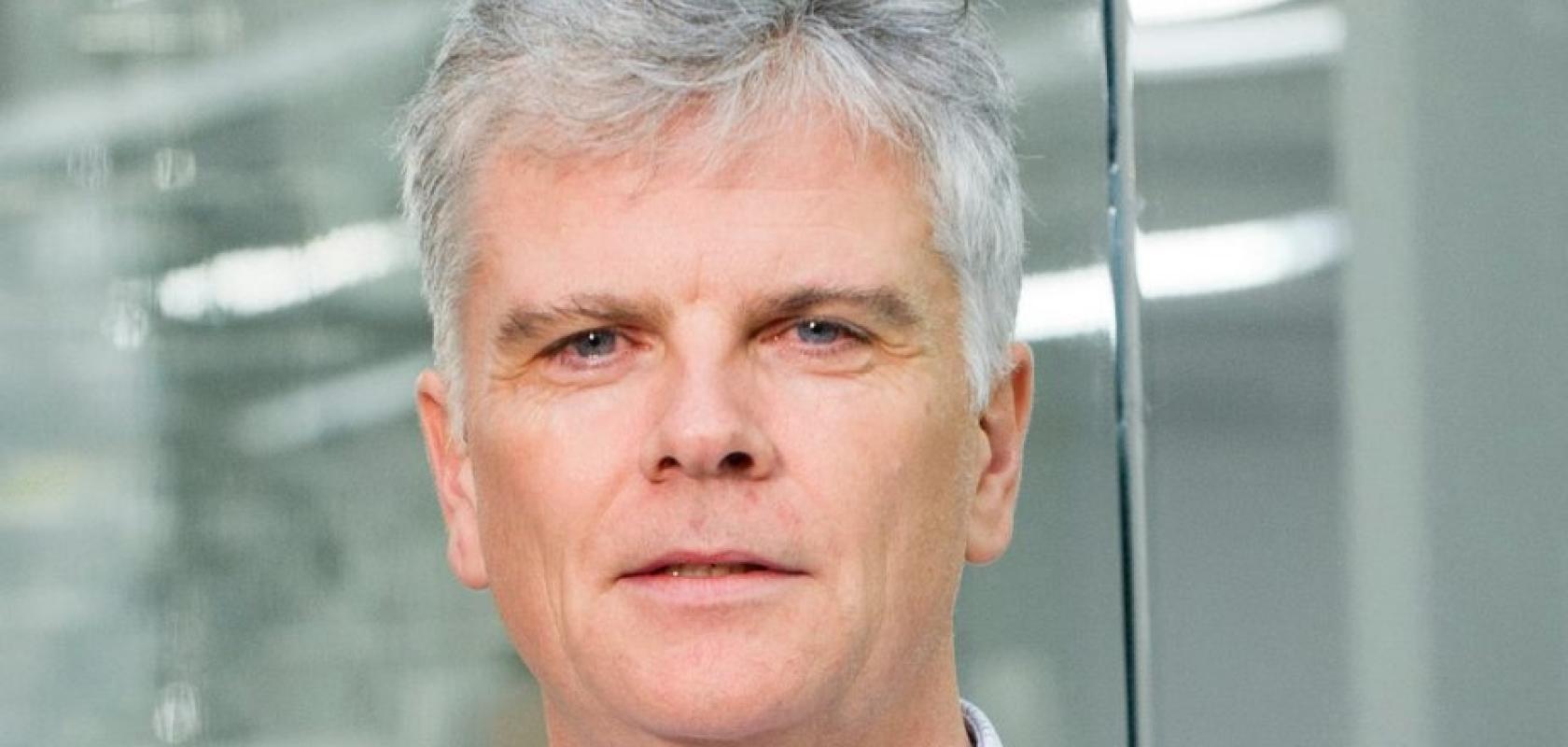The last week has seen the issue of creating domestic capabilities for chip production come back into the spotlight.
On 18 October, the Biden-Harris Administration announced new funding to help the US semiconductor industry adopt advanced packaging flows.
The new competition will see $1.6 billion finance multiple awards across five R&D areas, with the potential for follow-on funding for prototyping activities.
The funding follows on from the US’ 2022 CHIPS act, which aims to establish a self-sustaining and profitable domestic advanced packaging industry in the United States.
“Securing domestic packaging capabilities is a key part of our mission to expand domestic semiconductor manufacturing. The Biden-Harris Administration’s investments… will bring innovative and new technologies directly to American manufacturers and consumers - helping achieve the economic and national security goals of the CHIPS and Science Act,” said Secretary of Commerce Gina Raimondo.
The ultimate aim is that advanced node chips manufactured in the US and abroad can be packaged within the United States.
This will require the filling of key technology gaps, the funding call said, including:
- Equipment, Tools, Processes, and Process Integration
- Power Delivery and Thermal Management
- Connector Technology, Including Photonics and Radio Frequency (RF)
- Chiplets Ecosystem
- Co-design/Electronic Design Automation (EDA)
Anticipated amounts will vary by R&D area and range from $10 million to $150 million in Federal funds per award, the announcement said, with awards being made over a five-year period of performance.
Additionally, up to $50 million will be reserved to support awardees’ future prototyping activities.
Infinera is one such company that has recently received $93 million in direct funding from the 2022 CHIPS and Science Act.
Combined with investment tax credits, the funding could result in more than $200 million in total federal incentives.
Announced on 17 October, the financial support will support the expansion and modernisation of both Infinera’s semiconductor capabilities in Silicon Valley and its advanced test and packaging capabilities in Lehigh Valley, Pennsylvania, increasing the company’s existing domestic manufacturing capacity by an estimated factor of 10.
This could create up to 1,700 manufacturing and construction jobs.
“We are grateful for the bipartisan efforts under the CHIPS and Science Act to increase semiconductor fabrication and packaging in the US and protect our national and economic security,” said David Heard, Infinera CEO. “The proposed CHIPS funding will enable us to better secure our supply chain and compete more effectively with foreign adversary nations.”
Fragmented chip manufacturing creates scale-up challenges
While funding remains a contentious issue in Europe, creating production capacity in the region also requires the chip supply chain to link up.
These were comments made by Peter O'Brien, Head of Photonics Packaging & Systems Integration and Pixapp Pilot Line Director, Tyndall Institute, Ireland, at the Optica Global Photonics Economic Forum 2024 in Malaga earlier in October.
“The ecosystem often is very fragmented, so when the chips are produced and we receive them, how do you scale? You can't," he said. "You can’t scale, for example, edge coupler packaging, which is very archaic. It's very difficult unless you have lots and lots of machines and you do it in certain parts of the world. If we want to do this in Europe, we're going to have to come up with more innovative techniques."
This should include, for example, automation, machine vision, and surface-level type coupling approaches, O'Brien added. "It also means that we need to work closely with the foundries, so, for example, discussing where they locate their waveguides - so that we can actually access those wave guides."
In earlier years, packaging chips was more of a minefield, O'Brien explained: "We received the chips but didn't know where they were made, we didn't know what the mode size was - even the people working with the chips weren't weren't exactly sure. It has started to change a little bit.
"Some of it is fairly straightforward and it just means better communication," he said.


